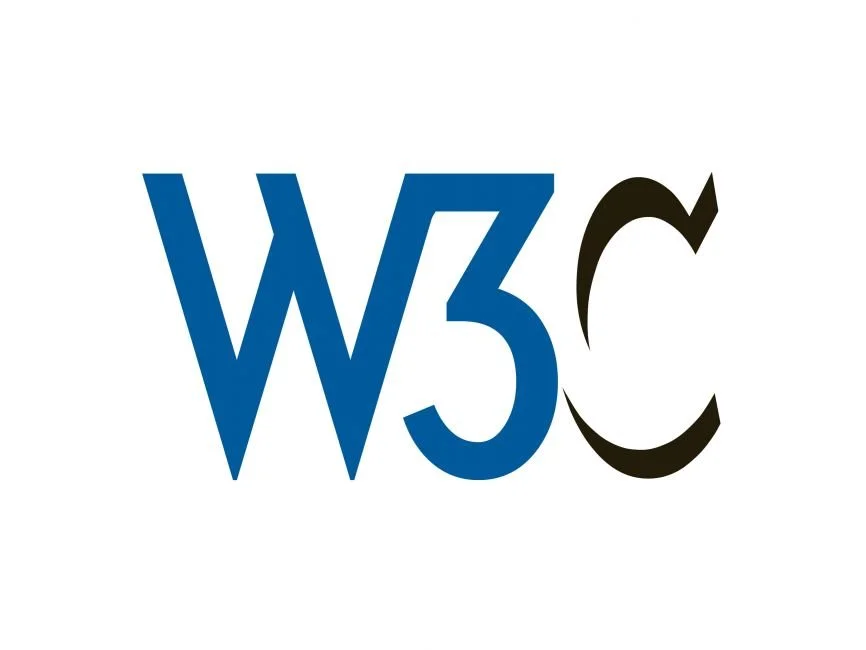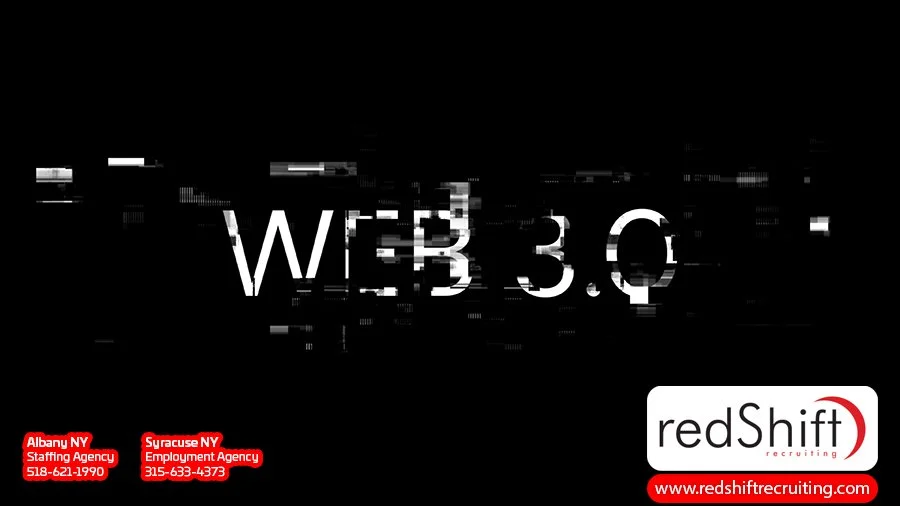W3C Certifications
The World Wide Web Consortium (W3C) is an international community that develops open standards to ensure the long-term growth of the Web. W3C certifications serve as a way to validate an individual's knowledge and expertise in various web technologies and standards established by W3C. Here's an overview of what they do, their importance, and some popular certifications:
What W3C Certifications Do
Validate Knowledge: W3C certifications validate an individual's understanding and proficiency in web standards and technologies such as HTML, CSS, JavaScript, and accessibility guidelines.
Enhance Skills: Preparing for and obtaining these certifications helps individuals enhance their skills and stay up-to-date with the latest developments and best practices in web development.
Professional Recognition: Earning a W3C certification provides professional recognition and can enhance career prospects, making certified individuals more attractive to employers.
Ensure Standards Compliance: By promoting the adoption of W3C standards, these certifications help ensure that web content is accessible, interoperable, and sustainable.
Why W3C Certifications are Important
Standardization: They promote the use of standardized web technologies, ensuring that websites and web applications are accessible and functional across different browsers and devices.
Quality Assurance: Certification ensures that individuals possess the necessary skills to create high-quality web content that meets industry standards.
Accessibility: W3C places a strong emphasis on web accessibility, ensuring that web content is usable by people with disabilities. Certified professionals are better equipped to create inclusive web experiences.
Interoperability: By adhering to W3C standards, web developers can create content that works seamlessly across different platforms and devices, enhancing user experience.
Professional Development: These certifications support continuous learning and professional development, encouraging individuals to stay current with evolving web technologies.
Popular W3C Certifications
HTML5 and CSS: Certification in HTML5 and CSS ensures that individuals are proficient in the latest versions of these foundational web technologies.
JavaScript: This certification validates the ability to use JavaScript for web development, including knowledge of ECMAScript standards and best practices.
Web Accessibility (WCAG): Certification in Web Content Accessibility Guidelines (WCAG) demonstrates expertise in creating accessible web content that complies with international accessibility standards.
Mobile Web: This certification focuses on developing web applications for mobile devices, ensuring they are optimized for performance and usability on smaller screens.
SVG: Scalable Vector Graphics (SVG) certification validates knowledge of this XML-based format for describing two-dimensional graphics, ensuring proficiency in creating scalable and interactive graphics for the web.
By obtaining W3C certifications, individuals can demonstrate their commitment to web standards and best practices, making them valuable assets in the web development industry.
What Certifications Does W3C Offer?
W3C offers a wide range of certifications that demonstrate knowledge of HTML and HTML 5, Java Script, Mobile Web, Web Performance, and more. These certifications cover a variety of topics, including routing and switching, security, wireless, and collaboration. The certifications W3C offers include:
Introduction to Web Accessibility
JavaScript Introduction
HTML5 and CSS Fundamentals
CSS Basics
HTML5 Apps and Game
HTML5 Coding Essentials and Best Practices
Introduction to Web Authentication
Front-End Web Developer
Modern Web Development Certification
Web Design Certification
HTML
SQL
Python
PHP
React.js
Accessibility
Bootstrap 3,4,5
C++, C#
jQuery Certification
TypeScript
Excel
Data Science
Cyber Security
Django
Pandas
W3C Certification FAQs
What does W3C stand for?
W3C stands for the World Wide Web Consortium. It is an international community that works collaboratively to develop open standards for the World Wide Web. Founded in 1994 by Tim Berners-Lee, the inventor of the web, W3C's mission is to lead the web to its full potential by creating protocols and guidelines that ensure long-term growth and interoperability.
What is W3C in coding?
In the context of coding, W3C refers to the standards and best practices developed by the consortium for web technologies. These standards ensure that web content and applications work consistently across different browsers and devices. Key areas of W3C standards in coding include:
HTML (HyperText Markup Language): The standard markup language for creating web pages and web applications.
CSS (Cascading Style Sheets): A style sheet language used for describing the presentation of a document written in HTML or XML.
JavaScript: A programming language that enables interactive web pages and dynamic content.
Web Accessibility (WCAG): Guidelines for making web content accessible to people with disabilities.
What is W3C certified?
W3C certification is a formal recognition of an individual's expertise in web standards and technologies established by the W3C. These certifications validate a person's knowledge in areas such as HTML, CSS, JavaScript, and web accessibility. Obtaining a W3C certification demonstrates a commitment to following best practices and standards in web development, which can enhance career opportunities and professional credibility.
Is W3C the same as W3Schools?
No, W3C (World Wide Web Consortium) and W3Schools are not the same. W3C is an international organization that creates and maintains web standards, while W3Schools is an educational website that provides tutorials and resources for learning web development. W3Schools offers tutorials on various web technologies but is not affiliated with W3C and does not contribute to the creation of web standards.
What 3 things are W3C responsible for?
Developing Web Standards: W3C creates and maintains open standards for web technologies such as HTML, CSS, and XML. These standards ensure that web content is accessible, interoperable, and functions consistently across different browsers and devices.
Ensuring Web Accessibility: W3C develops guidelines and best practices to make the web accessible to people with disabilities. This includes the Web Content Accessibility Guidelines (WCAG), which provide recommendations for making web content more accessible.
Promoting Best Practices: W3C promotes the adoption of best practices in web development, encouraging developers to follow standards and guidelines to create high-quality, efficient, and sustainable web content.
What does a W3C do?
W3C's primary functions include:
Developing Standards: Creating and maintaining web standards and guidelines to ensure the web remains open and accessible.
Facilitating Collaboration: Bringing together stakeholders from various industries, academia, and government to collaborate on web standards and technologies.
Promoting Web Accessibility: Ensuring that web technologies are accessible to all users, including those with disabilities, through guidelines like WCAG.
Fostering Innovation: Encouraging the development of new web technologies and practices that enhance the web's functionality and user experience.
Is W3C free?
W3C standards and guidelines are freely available to the public. Anyone can access and implement these standards without cost. However, W3C membership, which allows organizations to participate in working groups, contribute to the development of standards, and influence the future of web technologies, typically involves a fee. Membership is open to organizations of all sizes, including businesses, educational institutions, and government entities.
What is an example of a W3C?
An example of a W3C standard is HTML5, which is the latest version of the HTML standard. HTML5 introduces new elements, attributes, and behaviors, providing more powerful and flexible tools for web developers. Other examples include:
CSS3: The latest standard for CSS, which includes new features like rounded corners, shadows, gradients, transitions, and animations.
WCAG (Web Content Accessibility Guidelines): A set of guidelines to make web content more accessible to people with disabilities.
SVG (Scalable Vector Graphics): A language for describing two-dimensional graphics in XML, which allows for the creation of scalable and interactive graphics on the web.
What is W3C testing?
W3C testing involves validating web content and applications against W3C standards to ensure they meet the required specifications. This can include:
HTML Validation: Checking HTML code for compliance with the HTML standard.
CSS Validation: Ensuring that CSS stylesheets adhere to the CSS standards.
Accessibility Testing: Assessing web content for compliance with WCAG to ensure accessibility for users with disabilities.
Interoperability Testing: Verifying that web applications work consistently across different browsers and devices.
Why use W3C?
Using W3C standards ensures that web content and applications are accessible, interoperable, and compatible across different browsers and devices. Key benefits of using W3C standards include:
Consistency: Ensures a uniform user experience across different platforms and devices.
Accessibility: Promotes the creation of web content that is accessible to people with disabilities.
Interoperability: Facilitates seamless interaction between different web technologies and platforms.
Future-Proofing: Adopting W3C standards helps ensure that web content remains relevant and functional as web technologies evolve.
What are W3C standards for?
W3C standards are designed to ensure that the web is accessible, interoperable, and works seamlessly across different platforms and devices. These standards cover various aspects of web development, including:
Markup Languages: Standards for HTML and XML.
Style Sheets: Standards for CSS.
Web Accessibility: Guidelines like WCAG to make web content accessible to all users.
Graphics: Standards like SVG for scalable vector graphics.
Document Object Model (DOM): Standards for interacting with and manipulating web documents.
Are Scrum Masters still in demWho makes up the W3C?
W3C is made up of member organizations, which include businesses, educational institutions, and government entities from around the world. The consortium also includes full-time staff, including technical experts, engineers, and researchers who work on developing web standards. Additionally, a community of experts, volunteers, and individuals contribute to the development and review of standards through participation in working groups and community groups.
What is the W3C process?
The W3C process for developing standards involves several stages:
Proposal: A new standard or update is proposed by W3C members or the community.
Working Draft: The proposal is refined and published as a working draft for public review and feedback.
Candidate Recommendation: After incorporating feedback, the draft becomes a candidate recommendation for broader implementation and testing by developers and organizations.
Proposed Recommendation: Following successful testing and further refinements, the draft is published as a proposed recommendation.
W3C Recommendation: Finally, the standard is endorsed by W3C and published as an official W3C recommendation, ready for adoption by the broader web community.
How do I become a part of W3C?
To become a part of W3C, organizations can apply for membership, which involves an annual fee. Membership allows organizations to participate in working groups, contribute to the development of standards, and influence the future of web technologies. Individuals can also get involved by:
Joining Community Groups: Participating in discussions and contributing to the development of web standards.
Attending Meetings and Events: Engaging with the W3C community through conferences, workshops, and other events.
Providing Feedback: Reviewing and providing feedback on draft standards and guidelines.
Interested in other certifications? Learn more below:





